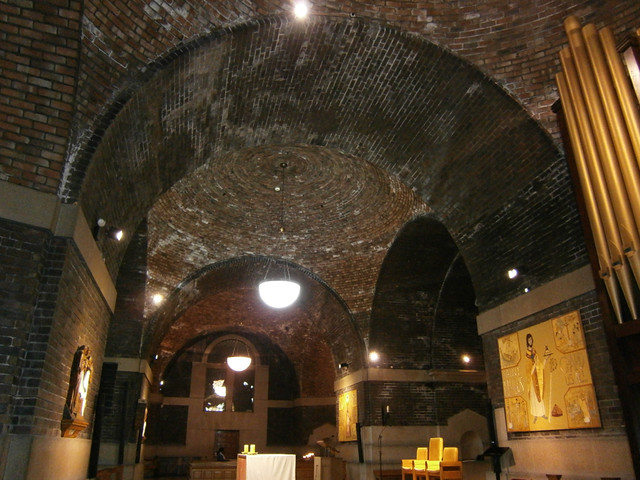
Let me start with another little personal notice …
That notice is to say this website will be interrupted again perhaps three or four weeks while Kim, myself and our daughter relocate from Liverpool to Ireland.
For myself, it will be a profound joy to be living, once again, not only in my beloved Ireland, but in a culture that has been shaped by the Catholic faith and the sevenfold Sacramental Mystery for centuries on end.
Because, as those who have lived in countries of both Protestant and Catholic heritage can readily attest, these differences in the Christian religion have truly served to shape their populations in very different ways.
Living here in England again – after years in Ireland, France and Spain – has been a sobering thing. It is more clear to me than it has ever been before how Christianity collapses far more rapidly here than in those countries, giving way to New Age-ism . . .

This has been most evident of all in my travels to other parts of the British island these last two years. Christianity seems virtually dead elsewhere in England.
But Liverpool, it must be said, is still a little bit different from the rest of England.
Here in Liverpool, there is a museum dedicated to the city’s history. Inside the museum is a pillar inscribed with the words of a local politician. They are words which speak volumes to my soul: ‘The magic of Liverpool is that it is not England.”
And why should it be that Liverpool is not England? And indeed, why should it be that this is magical?
May Anglophiles everywhere forgive me, if I say that the reason – or at least very much of the reason – lies in Catholicism. I know the rest of England very well I would say. I have studied her history to a considerable extent.
I see clearly how England has been shaped by the destruction of her monasteries, by the loss of Our Lady, by the loss of the tabernacles, by the loss of the Sacraments.
For without wishing to offend any Anglican sensitivities here, let us say that, however one regards the Church of England, it is indisputable that Anglican Christianity has entirely lost the Sacrament of Confession (not to mention extreme unction).
To lose even one seventh of the sevenfold Sacramental Mystery is a grave matter. For an entire population to be deprived of this Sacrament for centuries will necessarily suffer the consequences.
For myself, I have no doubt that the loss of this Sacrament of Mercy fostered a certain severity that was very evident, for example, in English Puritanism. Of course, there are other factors too. The loss of the prayers of the faithful to Our Lady’s loving tender care also accounts for a great deal.

England then was deprived for centuries of priests, monks, nuns and laity supplicating heaven with prayers like this:
Hail, Holy Queen, Mother of Mercy, our Life, our Sweetness, and our Hope.
To Thee do we cry, poor banished children of Eve.
To Thee do we send up our sighs mourning and weeping in this valley of tears.
Turn then, most gracious Advocate, Thine Eyes of Mercy toward us, and after this our exile show us the Blessed Fruit of thy Womb, Jesus.
O clement, O loving, O sweet Virgin Mary.
And the effects of this deprivation on English society are no doubt marked indeed. At least for myself, I well understand how Valentin Tomberg – who lived in England for the last twenty five years of his life – could speak of deprivation:
The impoverishment of humanity caused by Protestantism: without the Mother the Word is not ensouled, and consequently humanity is deprived of the effect of the Universal Remedy [Tomberg’s italics – see my post here].
Anonymous (Valentin Tomberg), The Wandering Fool p. 90
But Liverpool on the river Mersey, Liverpool is a little different. Liverpool, you see, is not an ancient English city. It barely existed prior to the industrial revolution.
It was only with the eighteenth and nineteenth centuries that the city was built. And it was built in large part by an immigrant Irish population, resulting in among other things, large Catholic churches, convents, monasteries going up everywhere around the city.
(It should also be noted that in northwest England, Catholicism had been less persecuted than elsewhere, thus the Irish immigrants fused with a small remaining Catholic population in Lancashire.)
Still, it was only after Catholic emancipation in 1829 that Catholics were allowed to freely build churches again. Hence, the point here is that much of Liverpool only came into existence after 1829!
Liverpool then is an English city with an infrastructure very different from the ancient British cities. And Catholics played a huge role in building it. Even today, Liverpool has an at least nominally Catholic population unlike anywhere else in England, perhaps as high as forty five per cent.
The north of Liverpool is even more strongly Catholic. The north Liverpool neighbourhood we lived in was close to ninety per cent Catholic. By English standards, this is utterly extraordinary.
Much of England is perhaps five per cent Catholic (and the national average of around nine per cent is obviously affected by the Merseyside and other largely immigrant Catholic concentrations in London, Manchester etc).
But outside these concentrations, England’s heritage is through and through Protestant. And knowing England as I do, I really have to say: Liverpool is different as a result.
Certainly, Catholicism is by far the most living form of Christianity in the city. Moreover, Merseyside has known Catholic prayers and Catholics sacraments in a way unlike any other county in England.
(It is interesting to note that two of the Beatles, Paul McCartney and George Harrison were baptised Catholic. John Lennon also had significant Irish Catholic roots).
And significantly, census results show that it is in the Merseyside and northwest England that allegiance to Christianity has remained the strongest.
Higher numbers of people on the census still declared themselves Christian. It is in the other far more Protestant parts of the country that the falling away from Christianity is most accelerated.
Yes, Liverpool is not quite like the rest of England and its still-present Catholic traditions have afforded me real solace in this secular wasteland.
All this I want to expand in a later post. For now, it must wait, while we go through the upheaval of moving from island to island …
For now, I will simply say I understand these words completely: “The magic of Liverpool is that it is not England.”
And as a result, I shall always remember that magic very fondly in my heart.
Note: There is a little more about Catholic Liverpool here.
Foreword for Monarchy by Roger Buck
Buying Books at Amazon Through These Links Gives Us a Commission. This Supports Our Apostolate. Thank You if You Can Help Us Like This!
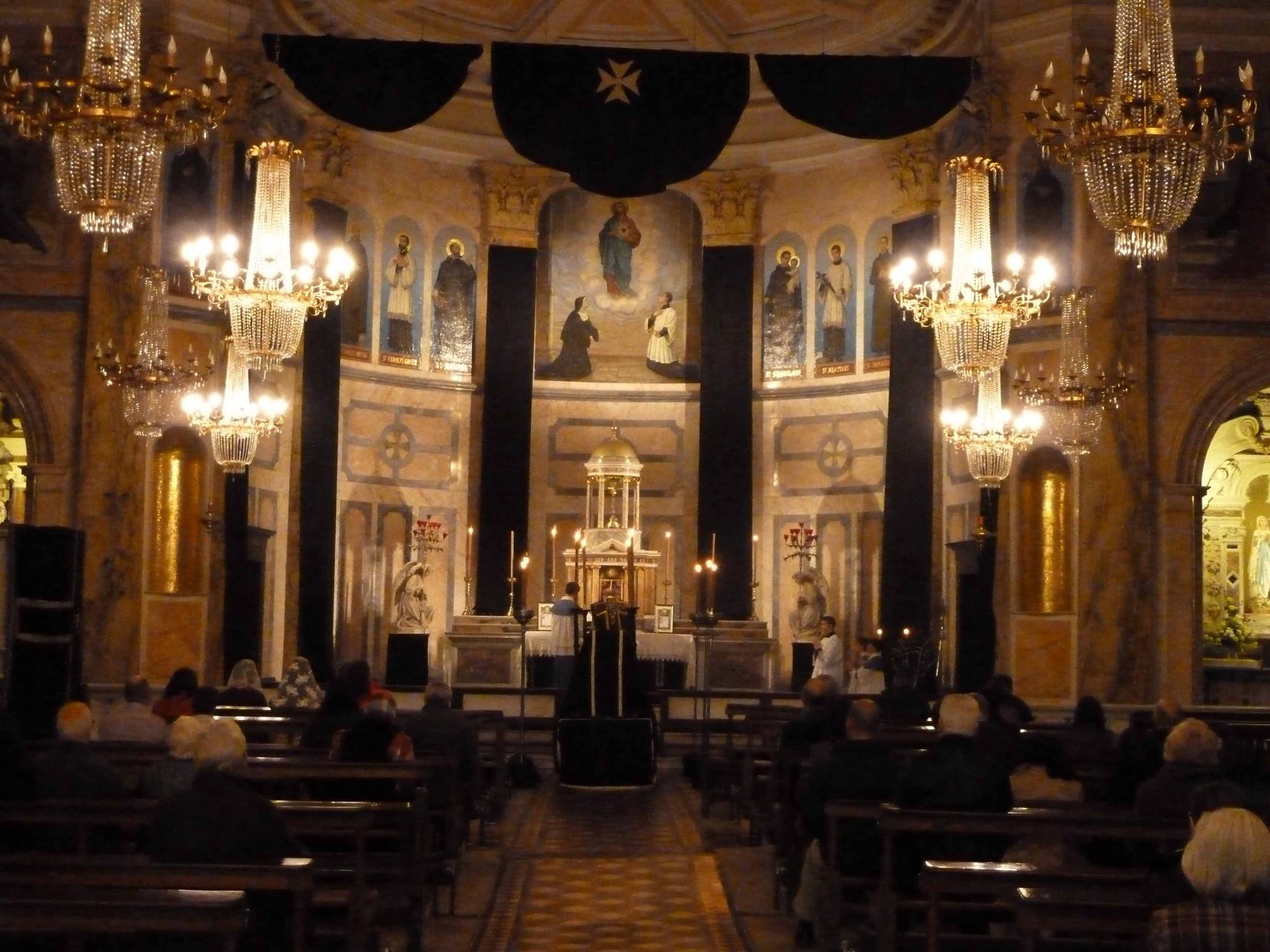
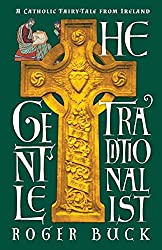
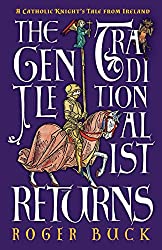
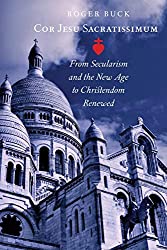
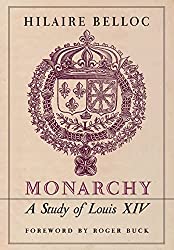
Comments
comments are currently closed
2 responses to “Farewell to Catholic Liverpool …”
[…] Curé d’Ars, – whose Feast it is today – came to the Metropolitan Cathedral of Liverpool in the city […]
[…] Kim and I chose Liverpool in the end – because, as I have said elsewhere, it is not quite like the rest of […]